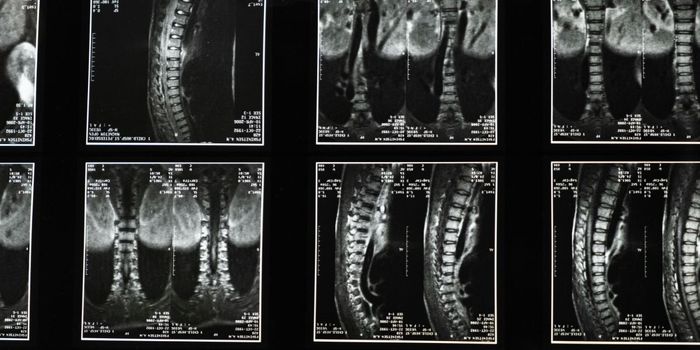Small RNA Molecules Tied to High Risk of Atrial Fibrillation
Small RNA molecules suitably called microRNAs do not code for anything, but they are not purposeless. From the Intermountain Medical Center Heart Institute, researchers connected these small molecules to atrial fibrillation (Afib), the most common arrhythmia affecting Americans.
When the upper heart chambers (the atria) beat irregularly, described as a “quiver,” negatively affecting the amount of blood that is able to flow into the lower heart chambers (the ventricles), it’s called Afib. This arrhythmia can lead to blood clots, heart failure, and other complications, which often happens for the nearly three million Americans with Afib. There are four subtypes of Afib, with the two most common being investigated in the present study:
- An episodic arrhythmia called paroxysmal Afib
- A persistent arrhythmia that ranges in severity
In the new study, lead author Oxana Galenko, PhD, sought to use microRNAs as a tool to “specifically predict the occurrence and severity of atrial fibrillation.” With microRNAs as biomarkers significantly associated with rates of AFib, this finding could lend valuable clinical insight to better diagnosing and treating Afib and its complications.
"We wanted to generate specific profiles of the molecules and see if they could be used to distinguish between the risk of atrial fibrillation in different groups of patients," Galenko said.
microRNAs can suppress gene expression post-transcription, meaning that, according to Galenko’s plan, these biomarkers could help researchers sift through Afib data and pick out which patients will benefit the most from a procedure called ablation, where scarred tissue near the pulmonary veins prevents the misdirection of electrical impulses.
Galenko’s research team took and examined 190 samples: 93 from patients with paroxysmal Afib, 47 with persistent Afib, and 50 from people with no Afib or other heart disease. They also targeted specific microRNAs found in the past to be associated with heart failure. At the end of the study, one microRNA in particular, miR 21, was associated with increased risk of Afib, but it did not seem to be different between patients with persistent Afib versus paroxysmal Afib.
While miR 21 is not the end of the story, for now researchers have at the very least identified a key suspect. Future studies will reveal many of the still-mysterious parts of the puzzle surrounding Afib.
Source: American Heart Association, Intermountain Medical Center Heart Institute









